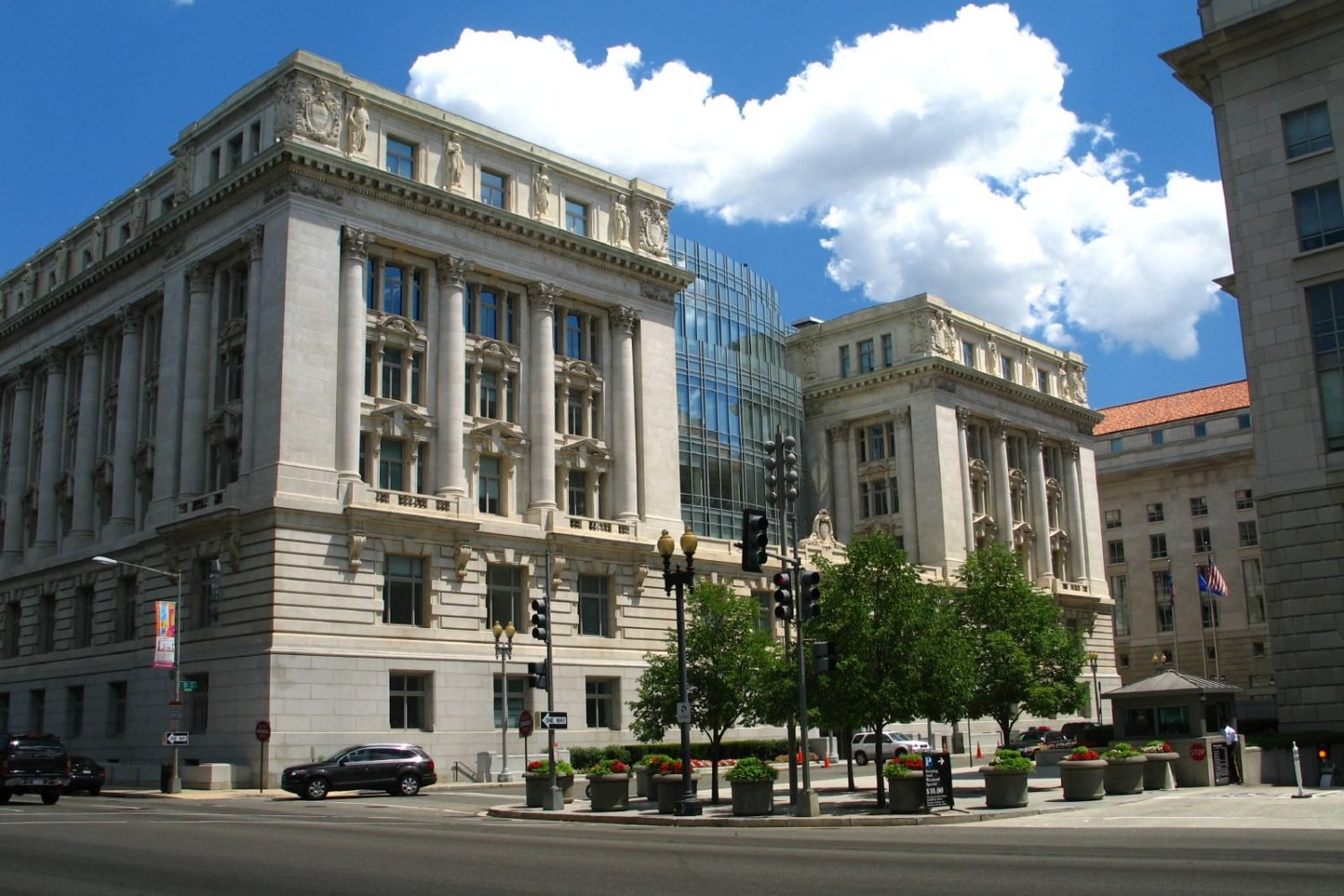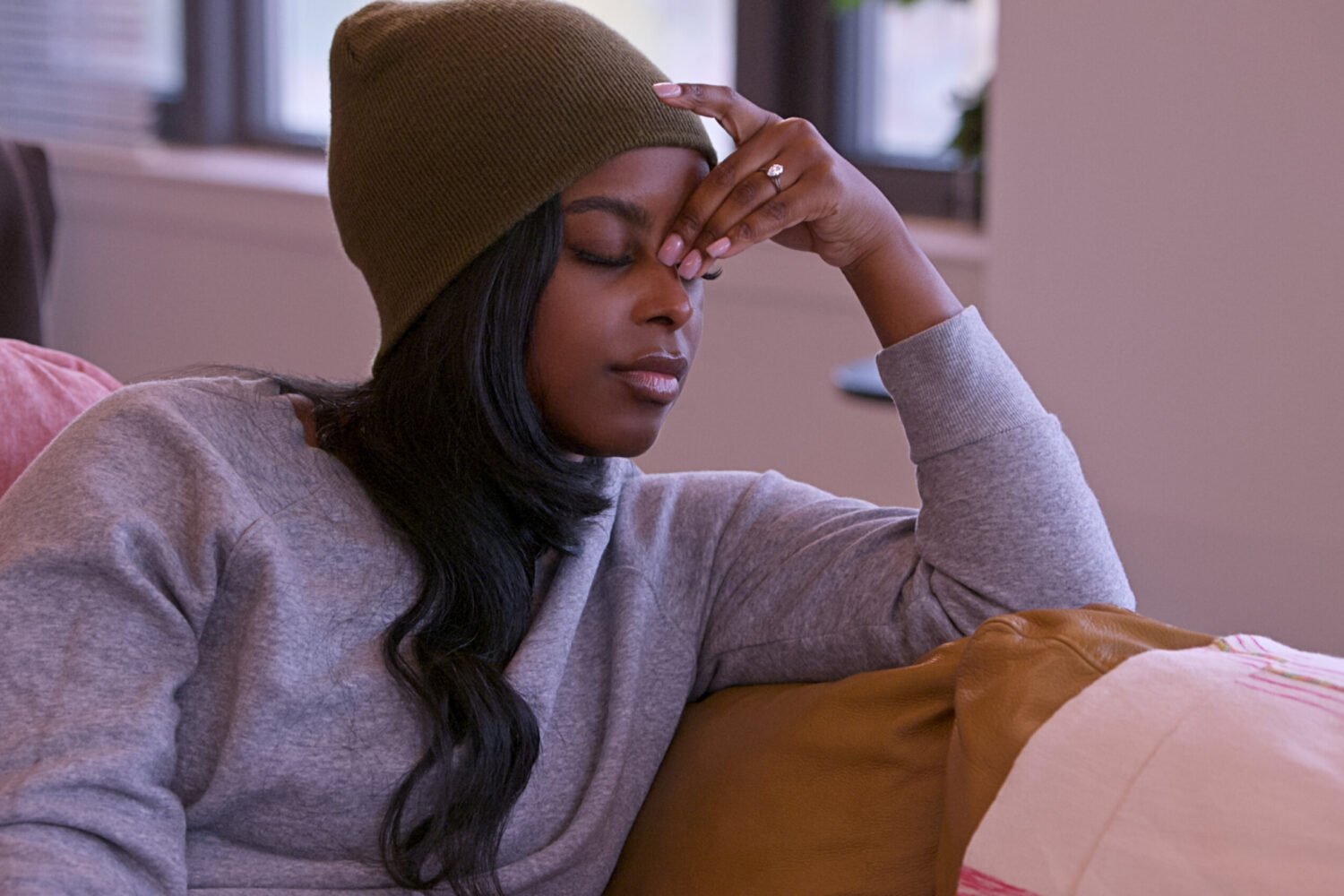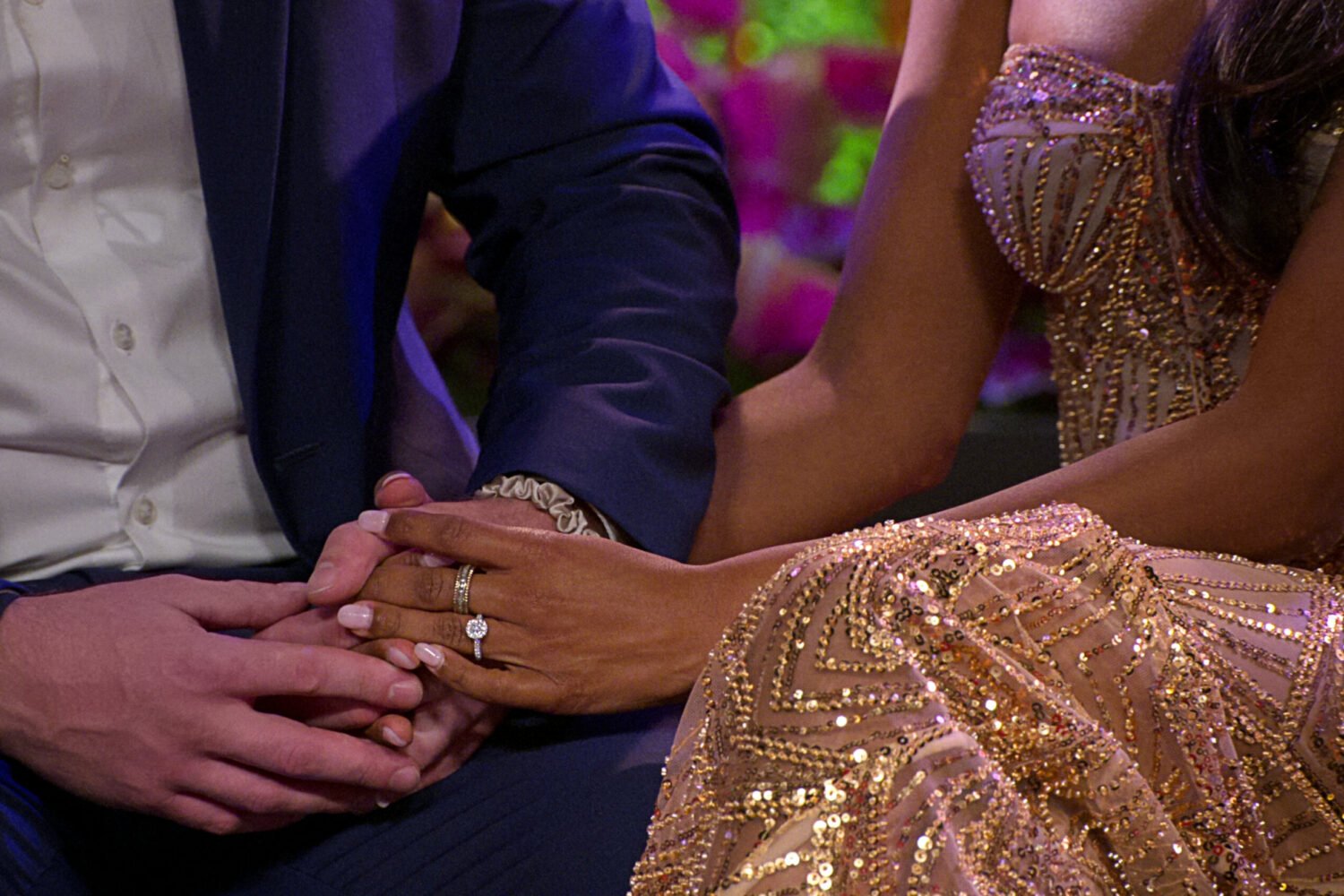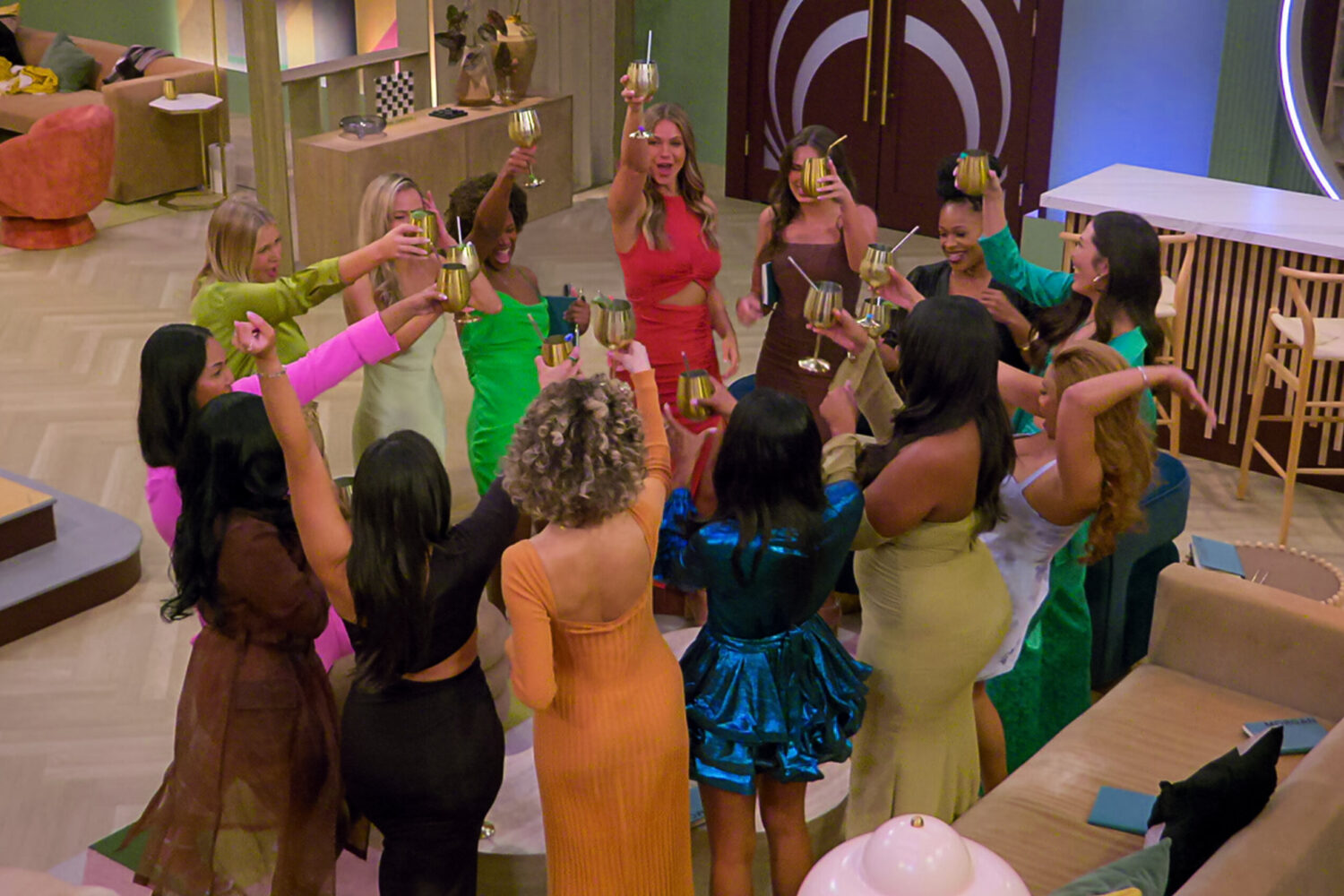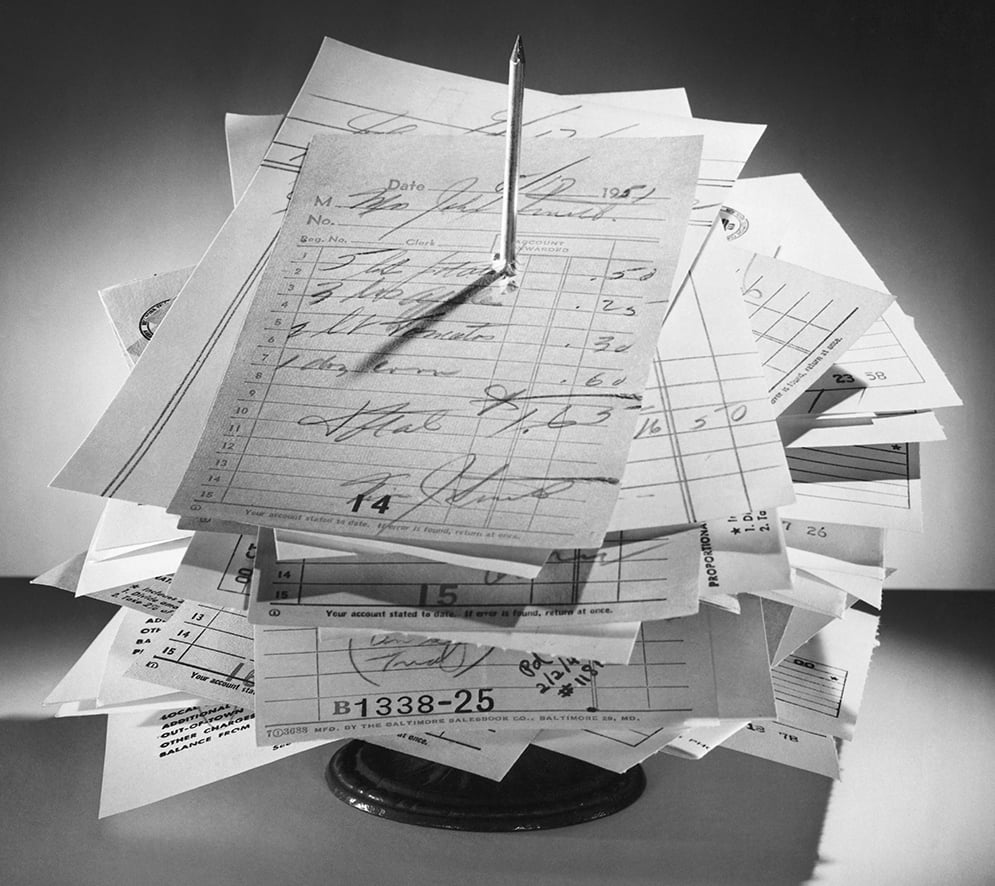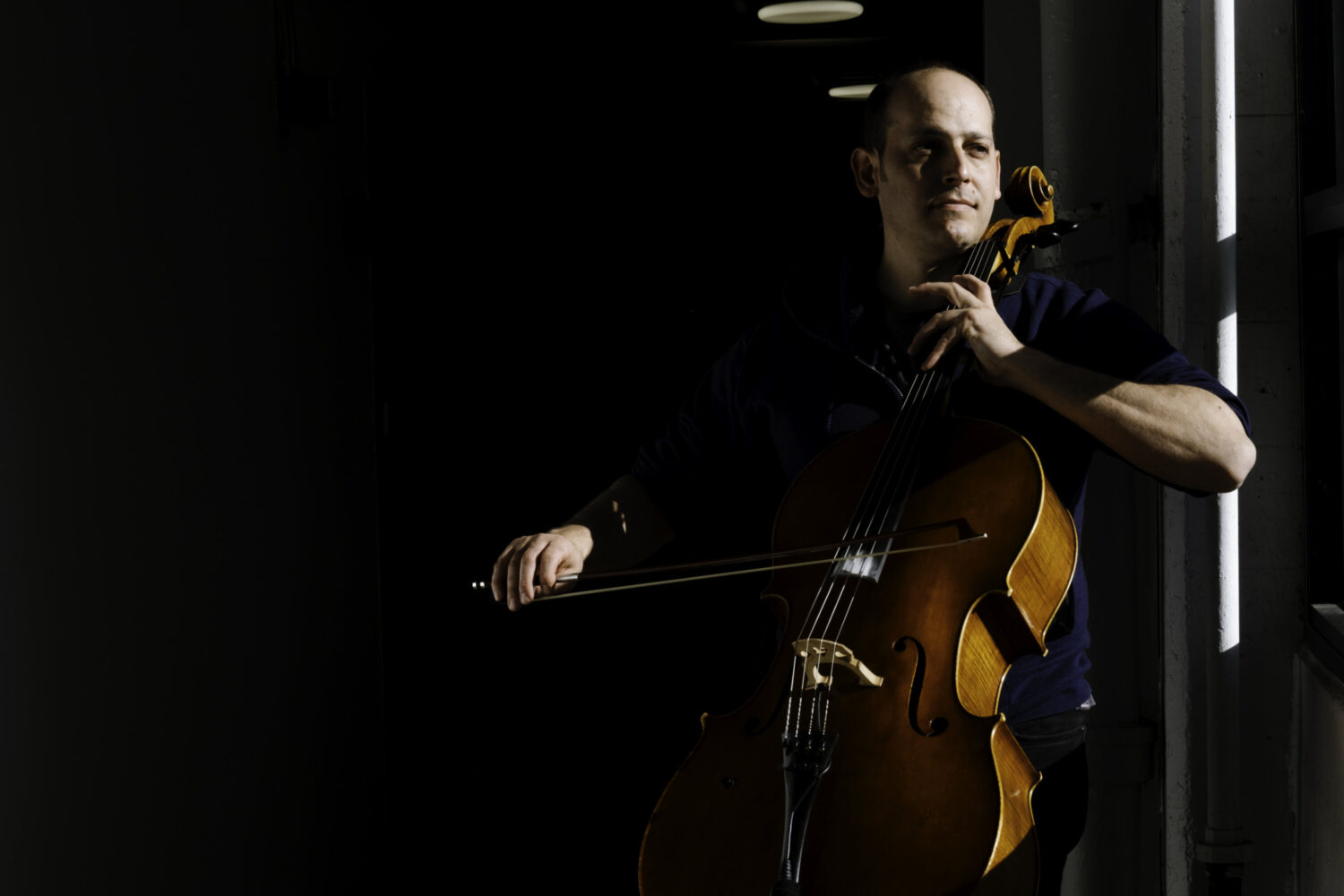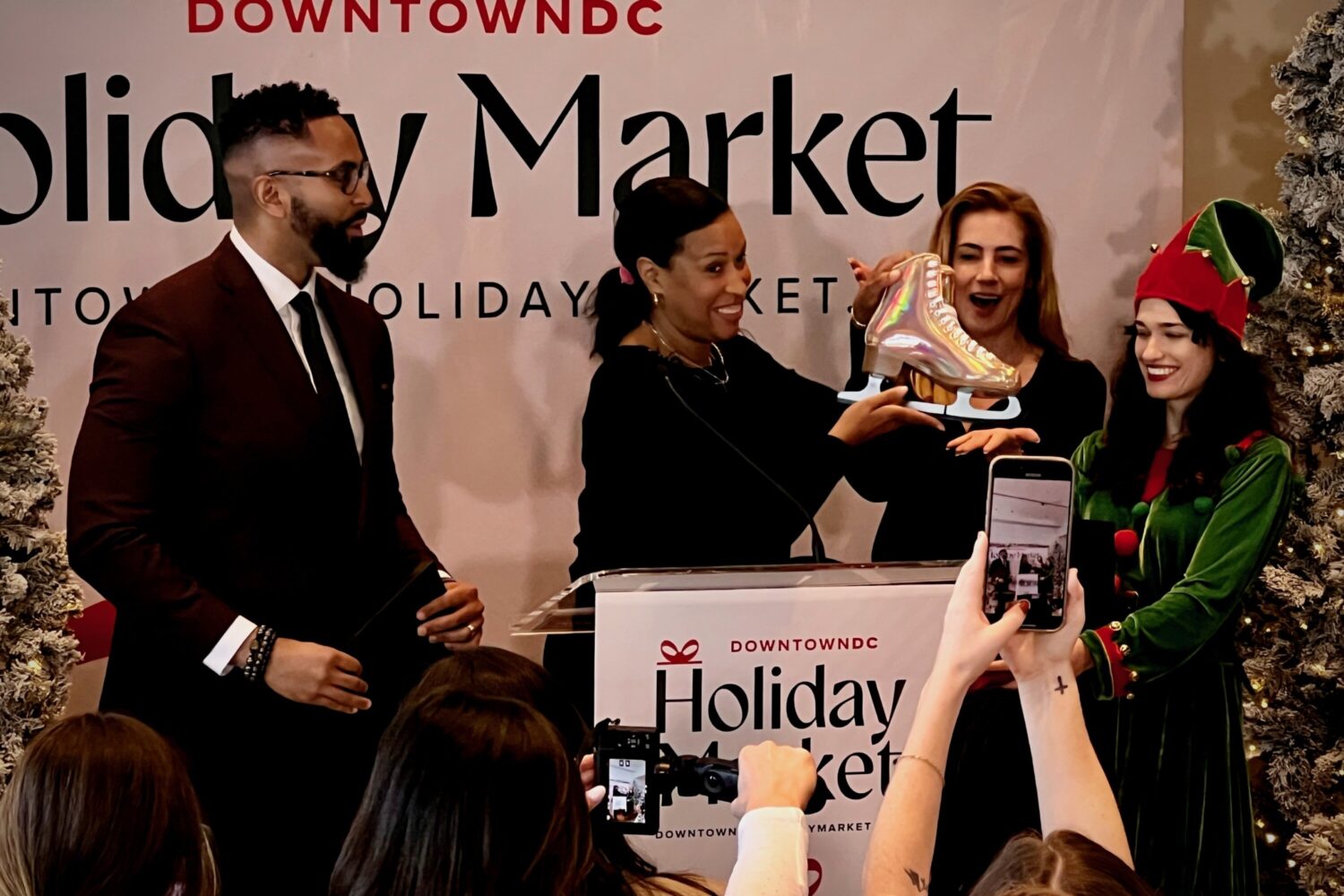I was sitting at the bar of a high-profile seafood restaurant on K Street, staring in wonder at my glass of wine. Not because it was remarkable. In fact, because it was so unremarkable. And ice cold. And $12.
“How can a glass of industrial Chardonnay cost 12 dollars?” I asked the woman next to me.
“I guess the same way this lousy glass of warm Cabernet Sauvignon can cost 13,” she replied.
The days when you could walk into many restaurants and enjoy a couple of glasses of wine without doubling your dinner bill are over. The good, drinkable $6 glass of wine has gone the way of the $2 gallon of gas.
Why has a glass of wine become so suddenly expensive, and why aren’t restaurants offering a better product for the money?
In part, you can blame the dining-out boom. Washingtonians are spending more on dining than they used to, and the competition for that restaurant dollar is furious. Existing places want a bigger piece of the pie, but they can hardly double their menu prices without setting off alarms. That’s why many restaurants have turned to their other revenue stream and raised the prices of their wines.
In many cases, it’s not just the price tag that’s been hiked. A recent trend in restaurants is the proliferation of the fishbowl-size wineglass, in which a normal three- to four-ounce pour looks downright stingy. So wine pours have become supersize—in some cases nearly double what they used to be. If two people each order a glass of white and a glass of red over the course of their meal, they’re essentially buying a full bottle of wine.
What the price increase has not brought about is better wines or service. Wines by the glass today generally represent a bad deal for the diner. When you tell your server, “I’ll have a glass of Chardonnay,” you’ll most likely be served an ice-cold, mass-produced, dilute-tasting wine at the low end—and an ice-cold, mass-produced, over-oaked wine at the high end.
White wines by the glass generally come from bottles sitting in the refrigerated portion of the bar and are served at temperatures as low as 45 to 50 degrees. This means they’ll often form tartrates—harmless white crystals—at the bottom. If these turn up in your glass, it means you got the final pour, with a good chance that it was “married” to a pour from a new bottle. It also means it’s unlikely that either bottle was checked by the bartender for soundness.
If white wines by the glass usually are served too cold, red wines are almost always served too warm. The red wines stand on the bar, alongside the liquor, at room temperature—generally 70 degrees or higher. Today’s high-alcohol red wines shouldn’t be served at such a high temperature. Above 65 degrees, the alcohol becomes hot and aggressive.
It has become almost a bragging point among restaurants to see who can offer the most wines by the glass. Several area restaurants keep more than a dozen wines open at a time. But once a wine has been opened, it begins to deteriorate. A few wine bars have nitrogen-based storage systems that help preserve open bottles, but most restaurants simply stick the cork back in the bottle, allowing the oxygen to do its damage.
The quality of a wine served by the glass declines in direct proportion to the number of days the bottle has been open. The customer can’t know how long because most restaurants don’t keep track.
A common industry argument for a restaurant’s listing many different wines by the glass is that each complements a certain dish. This claim calls for some skepticism. Some restaurants turn their by-the-glass programs over to one wine distributor, who is happy to “hand-select” the offerings for the restaurant. This approach often has less to do with which wine will pair nicely with the chef’s tuna carpaccio and everything to do with the distributor’s providing a steady, reliable stream of wines so that the list doesn’t constantly need to be updated.
According to Doug Mohr, sommelier at Vidalia restaurant, “maintaining a good by-the-glass program is extremely labor intensive, especially when working with multiple distributors, and very few restaurants can pull it off.”
If all this makes you want to order a beer, take heart: There are some strategies to getting a better glass of wine.
• To get the best value, ask the server if he can pour half glasses. If so, you’ll often get a better fill than you might expect. (Remember this when leaving the tip.)
• If you’re unfamiliar with the selections, look for something with a few years of bottle age, which can tame unpleasant aromas such as sulphur and oak.
• Never get the cheapest wine on the list, which is usually bad, or the most expensive wine, which is often an alcoholic monster. Both extremes are there to fill a price point; something in the middle is your best bet.
• If you order Chardonnay, ask if the establishment serves any that are unoaked. The Chardonnays that restaurants usually serve by the glass aren’t high-quality enough to benefit from oaking—in fact, they suffer from it.
• Remember the names of a few good importers—see “Secret Agents” in the April issue, for example—and ask if any of their wines are on the list.
• To ensure that a wine is in proper condition, ask for a sample taste. Many restaurants are happy to do this, especially during off hours.
• Better still, ask to see the bottle—not only can you see who imported it, you can also feel if a red is too hot or a white is too cold.
• If the red is too hot, ask the pourer to put it in the freezer for ten minutes.
• If it’s not a new bottle, ask when it was opened, especially if you’re dining in the early evening. If no one seems to know, or if it’s been open longer than a day, ask if the server will open a new bottle or recommend something just opened.
Don Rockwell is the host and moderator of Donrockwell.com, an online forum for area food lovers.

